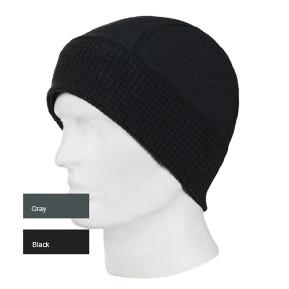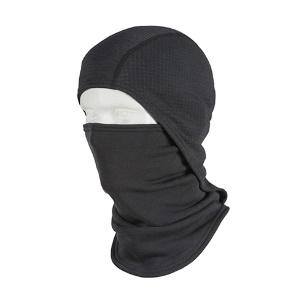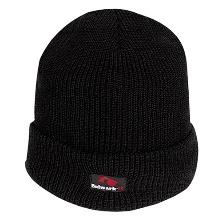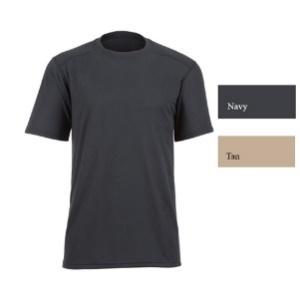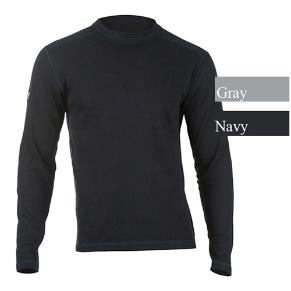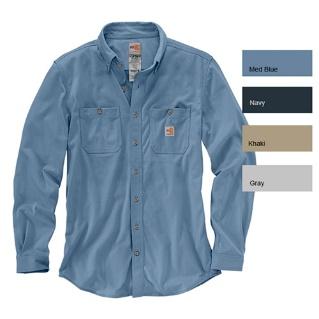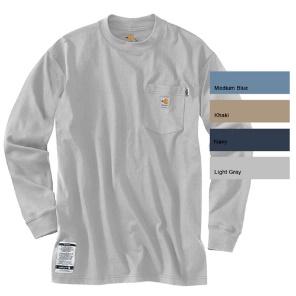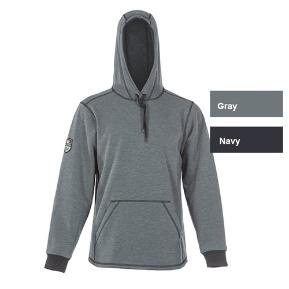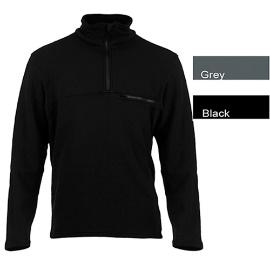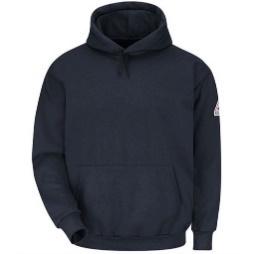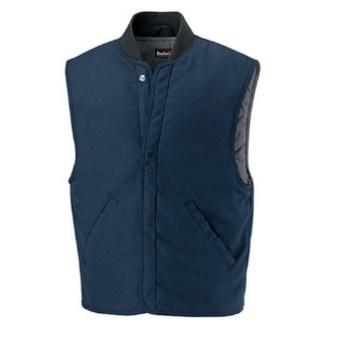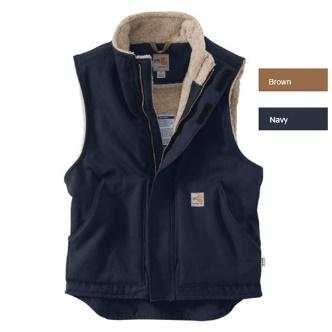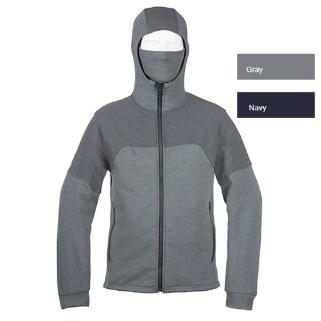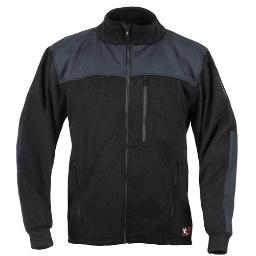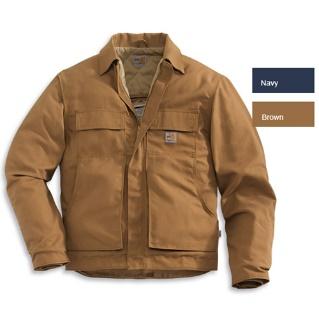You know how spring weather can be cold in the morning, but warm in the afternoon. Annoying, right? Spring is an especially tricky time of year for linemen. You dress in winter-type layers to get you through the morning, only to find yourself miserably hot and drenched in sweat halfway through the morning as you start to move around. The outfit that was keeping you nice and warm during your morning tailboard will turn into your own personal sauna halfway through your first pole change. Leaving you cold and damp the rest of the day.
The rest of the population sees spring as a beautiful season when new life comes out of hiding. The colors are vibrant, birds are chirping, and all is wonderful. But linemen see it for what it really is; unpredictable. The mornings are cold, and the afternoons are warm, unless they’re cold. You could see outages caused by wind and ice, or outages caused by thunderstorms. It’s hard to dress prepared for the weather when you’re not sure what type of weather is going to be in store. Luckily there are a few failsafe methods to staying prepared and comfortable in this erratic season.
The mindset used to be that the bigger your jacket, the warmer you will be, even if you were sacrificing mobility while on a pole or in the bucket. This is no longer the case, however. With all the advancements in clothing over the last few years, linemen really stand to benefit from taking a look at their garments and asking themselves if their system is working for them.
Having a game plan when it comes to your layering system is essential, and it will go a long way in providing all day comfort.
Head Gear
The saying used to go that we lose half our body heat through our head. Turns out that was a little exaggerated. The actual number is closer to ten percent, but it still is a good idea to cover your head. By keeping your head covered with an approved FR material anytime you are working, you can reduce the need for wearing big, bulky jackets that hinder your ability to move.
Base Layer
Your base layer is the layer that is closest to your skin, and the layer that does the heavy lifting when it comes to your entire system. The ideal base layer is one that will allow your body to thermo-regulate through sweating without catching moisture. Many of today’s fabrics have the ability to retain your body heat, but wick moisture away from your body and pass it into the atmosphere. There is nothing worse than having your base layer catching sweat in the spring leaving you cold and damp later in the day.
Another aspect of your base layer to keep in mind is its versatility. As we have stated, spring is unpredictable, so you want a base layer that will be comfortable worn under other layers in the cold, or by itself in warmer conditions.
Mid Layer
A good mid layer for spring weather will offer warmth, moisture wicking, and the option of removing it as temperatures begin to climb throughout the day. Many traditional looking button down style FR shirts now come with moisture wicking technology, giving you that classic, collared look that so many linemen are accustomed to while offering new age sweat management.
Hoodies and ¼ zip sweatshirts are also mid layer favorites because of their versatility. You can put them on in the morning over your base layer, and if it gets warm enough during the day, you can easily take it off. They are also light enough to work in without hindering movement.
Outer Layer
The outer layer is the one that you will have on early in the morning and late at night, but it will be the first layer to go when it starts to warm up. It should be warm and well insulated, but it should be versatile enough that it doesn’t hinder your ability to move around while you’re working.
If it’s not extremely cold, you may consider a vest for your outer layer. There are many high quality vests on the market, and a vest will allow the lineman flexibility; especially while working in a bucket wearing rubber gloves and sleeves. You can always have a larger jacket on standby just in case, but as long as the rest of your layering system is up to par, a vest will offer the right amount of warmth in the spring.
However, sometimes it is going to be cold enough that even with a smart layering system, a large jacket is a necessity. In those instances, you will want a jacket that not only offers insulation from the cold, but offers wind protection as well. Often times when the wind is blowing, our body heat is stripped away if our outer layer does not protect against the wind. Many jackets now offer extras such as vents is the armpits that allow you to open with a zipper when you are getting too warm. Having an outer layer that allows you to wear your harness underneath is also a good option.
We’ve come a long way as an industry in the way of improving our tools and safety. Today’s linemen are better educated and have access to the best equipment our industry has ever seen. Shouldn’t our clothes be just as advanced? Spring is a challenging time of year because of its unpredictability, but it offers us the opportunity of really looking at our clothing and making sure that it is working as hard as we are.

